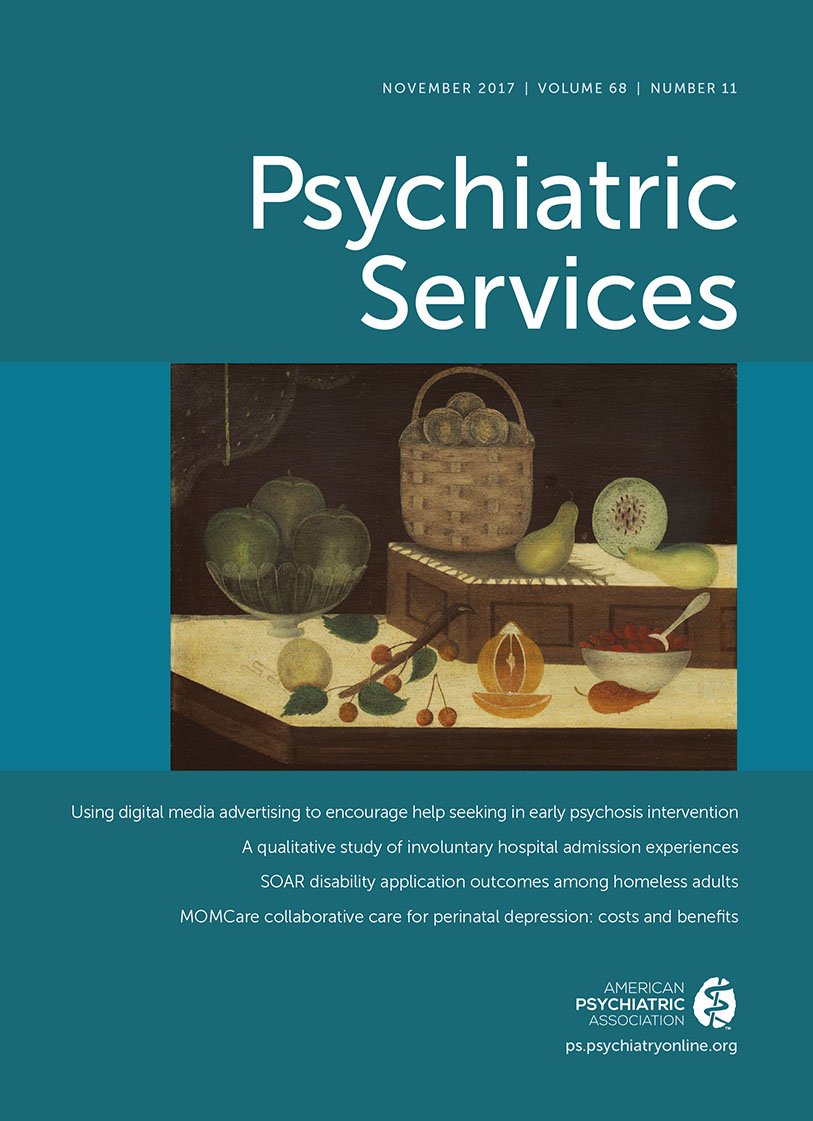Antipsychotic Medication Use Among Publicly Insured Pregnant Women in the United States
Abstract
Objective:
Given the increasing use and broadening of indications for use of antipsychotic medications in the general population, as well as the paucity of information on the safety of this drug class during pregnancy, the study documented patterns of antipsychotic medication use among pregnant women.
Methods:
Medicaid Analytic eXtract data (2001–2010) from pregnant women who delivered live-born infants were used. Antipsychotic use at both the class and the individual drug level was defined based on dispensed outpatient prescriptions. Users’ characteristics, including mental disorder diagnoses, were described. Temporal trends in use, as well as discontinuation patterns and psychotropic polytherapy, during pregnancy were evaluated.
Results:
Among 1,522,247 pregnancies, the prevalence of use of second-generation antipsychotics at any time during pregnancy increased threefold, from .4% to 1.3%, over the ten-year period, while the use of first-generation antipsychotics remained stable at around .1%. The increased use of second-generation antipsychotics was largely driven by more frequent use among patients with bipolar disorder. Quetiapine and aripiprazole were the most frequently dispensed drugs, and polytherapy with antipsychotics and antidepressants (65.2%), benzodiazepines (24.9%), and other mood stabilizers (22.0%) was common. More than 50% of women receiving an antipsychotic in the three months prior to pregnancy discontinued the drug during pregnancy.
Conclusions:
A growing number of pregnant women in Medicaid are exposed to second-generation antipsychotics, frequently in combination with other psychotropic medications. This study highlights the importance of documenting the use and safety of these drugs during pregnancy to inform therapeutic decision making for pregnant women with psychiatric disorders.



